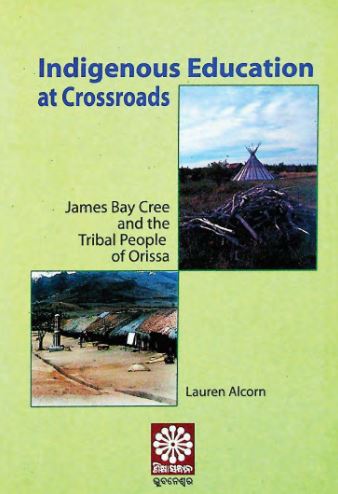Indigenous Education at Crossroads, published in 2006 by Lauren Alcorn, stands as a pivotal work in the discourse surrounding tribal education, particularly within the context of Odisha and its diverse indigenous communities. The book is an earnest exploration of the challenges and opportunities inherent to the education of indigenous populations, providing a critical analysis of how cultural identity, economic conditions, and governmental policies intersect to affect educational outcomes in these communities.
Alcorn begins the essay by setting the stage for understanding the unique position of indigenous tribes within the broader societal structure. She delves into historical contexts, illustrating how colonial legacies and modern globalization processes have impacted the traditional ways of life and learning among tribal communities. The author meticulously outlines the rich tapestry of tribal knowledge systems, emphasizing the importance of oral traditions and communal learning practices that have been foundational in shaping the educational experiences of indigenous people.
The core of Alcorn’s argument centers around the concept of “crossroads,” symbolizing the crucial juncture at which indigenous education currently stands. With the advent of formal education systems often imposed by external entities, there is a stark conflict between modern pedagogical approaches and traditional knowledge systems. Alcorn investigates the extent to which these systems have failed to resonate with indigenous values and practices, creating an educational model that frequently alienates rather than empowers tribal learners. She critiques the one-size-fits-all approach of mainstream education, advocating for a more inclusive framework that honors and integrates indigenous perspectives and methodologies.
Throughout the book, Alcorn draws on numerous case studies from various tribal regions in Odisha, highlighting both successful and struggling educational initiatives. She provides compelling evidence of the positive impact that culturally relevant curricula can have when implemented with the participation and consent of local communities. These examples underscore the potential for revitalizing indigenous education by infusing it with local knowledge, languages, and cultural practices, thereby fostering a sense of belonging and pride among students.
Moreover, Alcorn addresses the pressing issues of policy-making and governance, calling for more substantial involvement of tribal voices in decisions affecting their educational systems. She advocates for a paradigm shift that moves away from mere representation to active participation, ensuring that indigenous communities have the power to shape the educational practices that affect their youth. This involves not only recognizing the importance of traditional knowledge but also addressing systemic barriers such as socio-economic disadvantages, discrimination, and lack of resources.
“Indigenous Education at Crossroads” ultimately serves as a clarion call for educators, policymakers, and researchers to re-evaluate and redesign educational frameworks that are not only accessible but also equitable for indigenous populations. Alcorn’s work is a testament to the resilience of tribal cultures and the vital need to respect and incorporate these cultures into educational discourses.
In conclusion, Lauren Alcorn’s “Indigenous Education at Crossroads” is an essential contribution to the field of education, offering profound insights into the complexities of educating indigenous populations. The book not only illuminates the challenges faced by tribal communities but also celebrates their rich cultural heritage, advocating for educational practices that empower rather than marginalize. It remains a relevant and crucial resource for anyone interested in indigenous studies, education, and social justice.
Books Info
| Books name | Indigenous Education At Crossroads |
| Author | Lauren Alcorn |
| No Of pages | 134 |
| Publisher | NA |
| Publication | 2006 |
| Printed At | Matrukrupa Printers |
| Distributor | NA |

